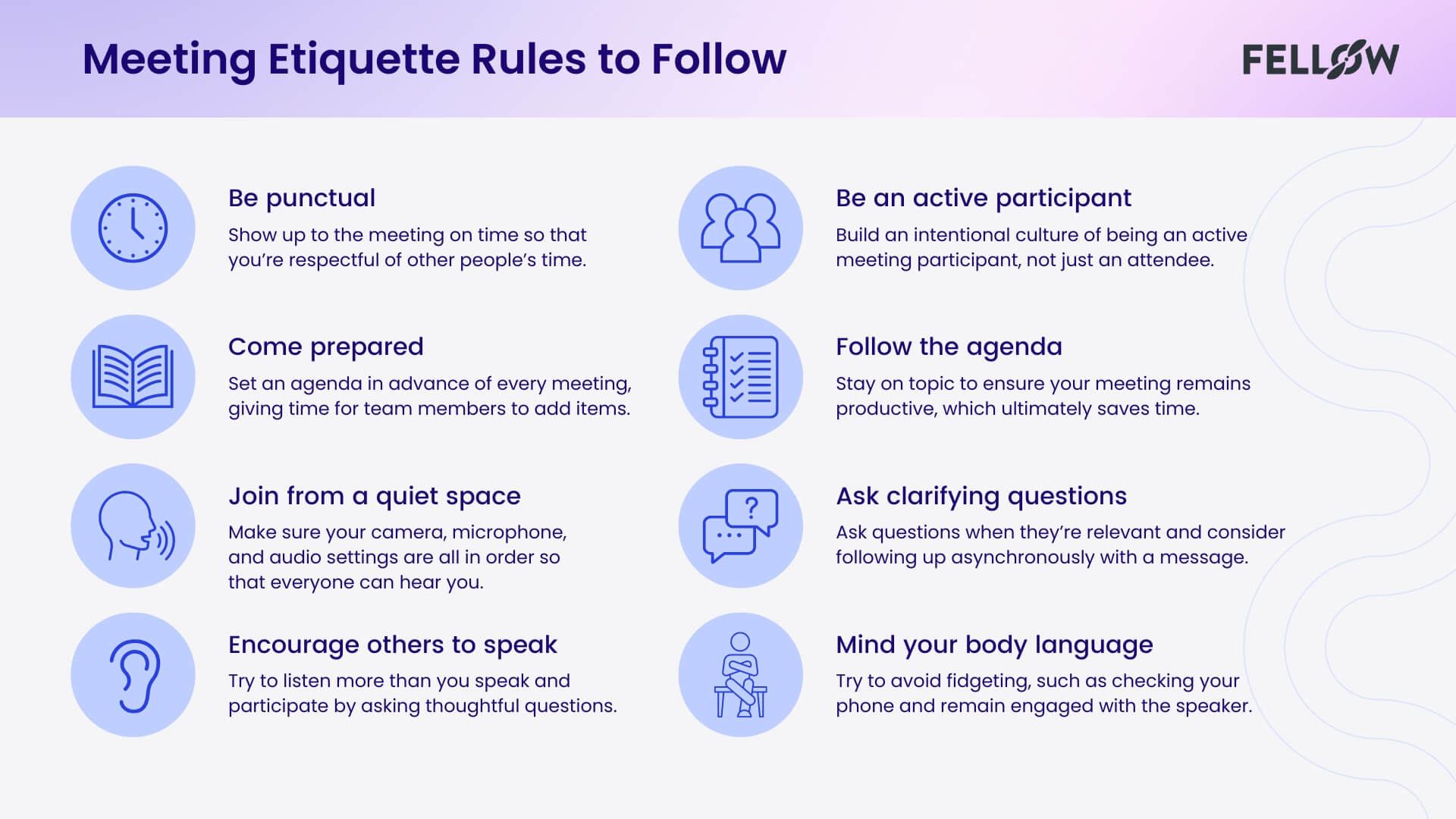Rules of fence etiquette
Now flip that: what happens when those behaviors are missing? You get tone-deaf emails, eye-rolls in meetings, skipped greetings, and awkward interactions that quietly chip away at your company culture lucky tiger casino.com. And let’s face it HR is the one left cleaning up the mess.
In this blog, we unpack the workplace etiquette gaps that silently chip away at culture, collaboration, and career growth. But before we dive into the specifics, let’s get clear on what workplace etiquette actually means and why it’s more critical than ever in today’s evolving work environment.
What employees wear and how they present themselves speaks volumes before they even say a word. Grooming and etiquette go hand in hand when it comes to workplace presentation. A well-groomed, professional appearance signals attention to detail, confidence, and respect for both the workplace and those around them. This becomes even more critical during client interactions, where first impressions carry lasting weight.
Rules of etiquette
Many dog owners think it’s OK for their pooch to run off-leash, but animals, even well-trained ones, can be unpredictable (as can little humans in the area). Good etiquette says that if you are in an area that requires leashes, then you keep your dog on a leash, says Grotts. If you want to let your dog run free, take Fido to an off-leash dog park … where you should also keep a few dog park etiquette tips in mind.
Most funerals are considered very somber affairs, so the dress code of the past typically reflected that mood. Clothing was usually black, conservative and not revealing. Today, many people consider such a dress code unnecessary—time constraints and lack of formal clothing play a role, but sometimes the grieving simply prefer to see a funeral as a celebration of a person’s life rather than a sad event, Parker says.
It really boils down to this: Etiquette is about people, not policies. “Good manners are all about helping people, including yourself, feel comfortable no matter the situation,” explains etiquette expert Lisa Grotts, founder of the Golden Rules Gal. “Instead of enforcing arbitrary ‘old-school’ rules or what is ‘right’ and ‘wrong,’ etiquette is about following guidelines that lead to greater respect, cooperation and understanding.”
In general, pass food and condiments counterclockwise, or to the person on your right. “This keeps everything moving smoothly and ensures everyone gets every dish,” Sokolosky says, adding that you should avoid reaching across the table or across other diners to get what you want. Instead, ask politely for it to be passed to you. When you’re dining out, you should also forgo these polite habits restaurant staffers dislike.
It’s becoming more and more common for people to ask for cash or gift cards for wedding, birthday and baby shower gifts. Some people are even adding their CashApp or Venmo tags, requesting that guests wire them money directly. This is an etiquette no-no, especially when it comes to wedding gift etiquette. “It’s not so much that they’re asking for money but that they’re telling other people what gift to give,” Grotts says. “Part of the fun of giving a gift is selecting something special for that person.” One polite way around this is to add gift cards to your gift registry (along with other items), allowing guests the option of giving you money if they choose.
This might seem like a strange rule to have to articulate, but you shouldn’t put a poopy butt on places where people eat or sit. It’s bad etiquette to change your baby’s diaper on a restaurant bench or table, on a park table, on a plane seat or on a cafe table—yet these are all things that have happened. Locate a diaper station in a restroom, or change the baby in your car, says Grotts. At someone’s house? Ask where is a good place to do your dirty work, and then fold up the dirty diaper and take it to an outside garbage can.

Which of these rules of etiquette apply to conduct within the boat
In a crowded areas, right of way rules dictate that powerboats give way to less maneuverable vessels such as sailboats, fishing boats, or vessels engaged in special operations. It is essential that all boats maintain vigilance and proceed with caution in high-traffic zones. When two powerboats meet head on, both should alter course to starboard to pass port-to-port.
Red and green buoys are the road signs of water navigation. Red buoys should be kept on the right side (starboard) when traveling upstream, though this can vary depending on the country. Conversely, green buoys should be kept on the left side (port). Remember, red and green markers indicate the edges of safe water channels.
Certain professionals, such as commercial fishermen or tour operators, often work within these confined waters. Recreational boaters should yield to these vessels when necessary and not impede their operations.
Proper anchoring and mooring are other areas that are basic boating skills with implications for etiquette as well. They’re critical to ensure boating safety and to prevent damage to marine ecosystems. Choosing the right spot and determining the number of anchors to use are foundational skills.
Respect anchoring zones by keeping a safe distance. Different areas might have specific anchor rules, so familiarize yourself with local regulations. Avoid dropping anchor too close to other boats to prevent collisions and tangles. Anchoring rules also help protect the underwater environment. Places marked for anchoring usually consider marine life and biodiversity. By respecting these zones, you help preserve the ecosystem while ensuring everyone has enough space to relax and enjoy their activity without interference.
